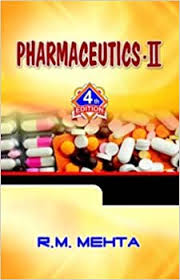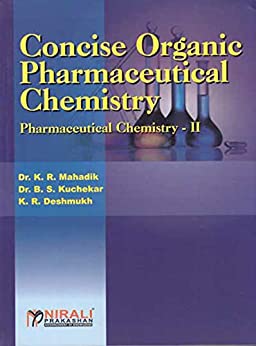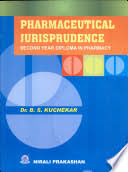
|
COURSE OUTCOMES CO.1.Students should able to define prescription, explain parts of prescription along with Latin terms commonly used and do Calculations involved in dispensing. |
|
CO.2.Students should identify the type of Incompatibilities in prescriptions and suggest the methods to correct it. |
|
CO.3.Students should be able to explain factors affecting the dose and able to calculate dose by using various formulas. |
|
CO.4.Students should able to define, classify and review formulation aspects of various solid liquid and semisolid dosage forms. |
|
CO.5.Students should able to define, classify and explain general requirements along with formulation aspects of sterile dosage forms, ophthalmic products and dental and cosmetic preparations. |
|
CO.6.Students should able to, prepare pack and label various solid, liquid, and semisolid dosage forms by translating the given prescription in to English. |



